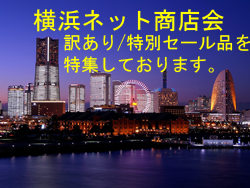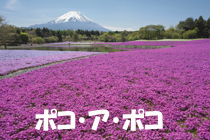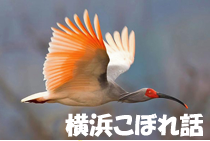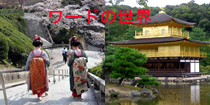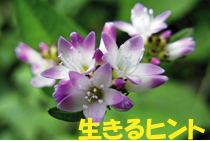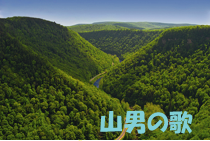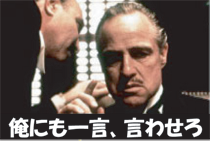Customs
Customs are the customs on the social life which exists for every land.
The difference in the industry of geography, history, and its area affects people’s action and a pattern of thinking.
Scientifically, it is considered as the subject of research of history and folklore in many cases.
If there are interested goods, please do not hesitate to ask us.
We will support you.
esato@pocoaoba.com
| Birth:visiting shrine・・・お宮参り |
|
 |
It says visiting for the first time to the “tutelary deity” which is a guardian deity of Tochi to whom the baby was born as a visit to a shrine.
It is a ceremony in which report that it has given birth safely, and appreciate and it wishes a child’s future growth and happiness.
The time with a baby’s sufficient condition is chosen before or after one month after the birth.
It visits in the shrine where the appearance like a patron saint of the area is deified.
A grandmother on father’s side and parents escort, it is a custom that a grandmother hugs a baby and a maternal parents’ home presents a baby’s congratulation arrival.
|
| Sebun,Five and Three Years Ceremony・・・七五三 |
|
 |
When he became 3 years old also with man and woman a long time ago, it was begun to grow hair, and when the boy became 5 years old, he was holding the ceremony of “hakama arrival.”
The girl’s kimono had made the ceremony of “belt conclusion” which is given and is changed into the method belt of a string a 7-year-old woman’s ceremony.
It is most common to visit a patron saint to 3 or 5 years old of boys and 3 or 7 years old of women, and to celebrate to them.
|
| The first New Year activity・・・正月事始め |
|
 |
The first New Year activity is beginning the preparation for which the New Year is greeted.
What is performed first is a “soot purification.”
It is with a long bamboo pole and discards the soot attached to the place where a front, a ceiling, etc. are high.
First of all, lunar-calendar December 13 is a very auspicious day, and since this day was chosen, the date of the first New Year activity serves as as at December 13.
|
| Dondo-yaki・・・どんど焼き |
|
 |
Dondo-yaki is also called burning of the New Year decorations at the event which collects and burns pine branches, a sacred straw festoon, the first writing of the year, etc. which were used for decoration of the New Year in the precincts of a temple of a shrine or a temple.
If the rice cake broiled for this fire is eaten, it is supposed that it will become strong.
|
| kagamimochi・・・鏡餅 |
|
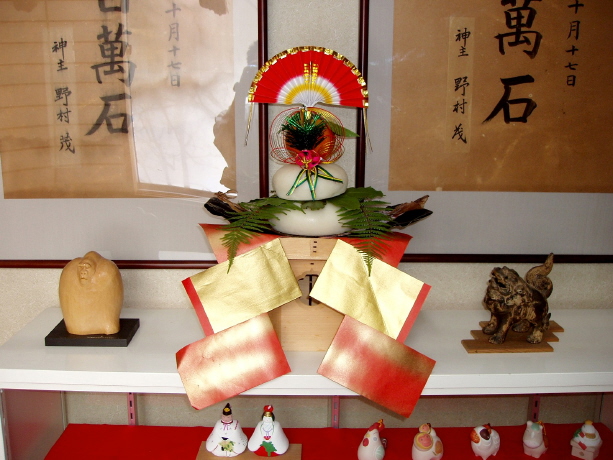 |
“kagamimochi” rice cakes are decorated as an offering to the New Year and the New Year’s deity.
The New Year’s deity protects a rice crop by God deified at home in the New Year.
The way and customs of “kagamimochi” rice cakes are various in each country.
“Kagamibiraki” is on January 11.
Rice cakes in vegetable soup, risotto, etc. are used and being eaten
Rice cakes are stroke and broken instead of cutting, because people think an edged tool in that case is ill-omened.
|
| The rice gruel with verdure of the “seven herbs”・・・七草粥 |
|
 |
On January 7, we eat the rice gruel with verdure of the “seven herbs” which are Japanese parsley, shepherd’s purse, cottonweed, chickweed, henbit deadnettle, turnip and Japanese radish.
It is said that we live long by doing so.
It is to rests the stomach which got tired with entertainment during the New Year. Generally from the New Year’s Day to this day is called New Year holidays.
Pine branches and New Year pine decorations are removed on that day.
|







